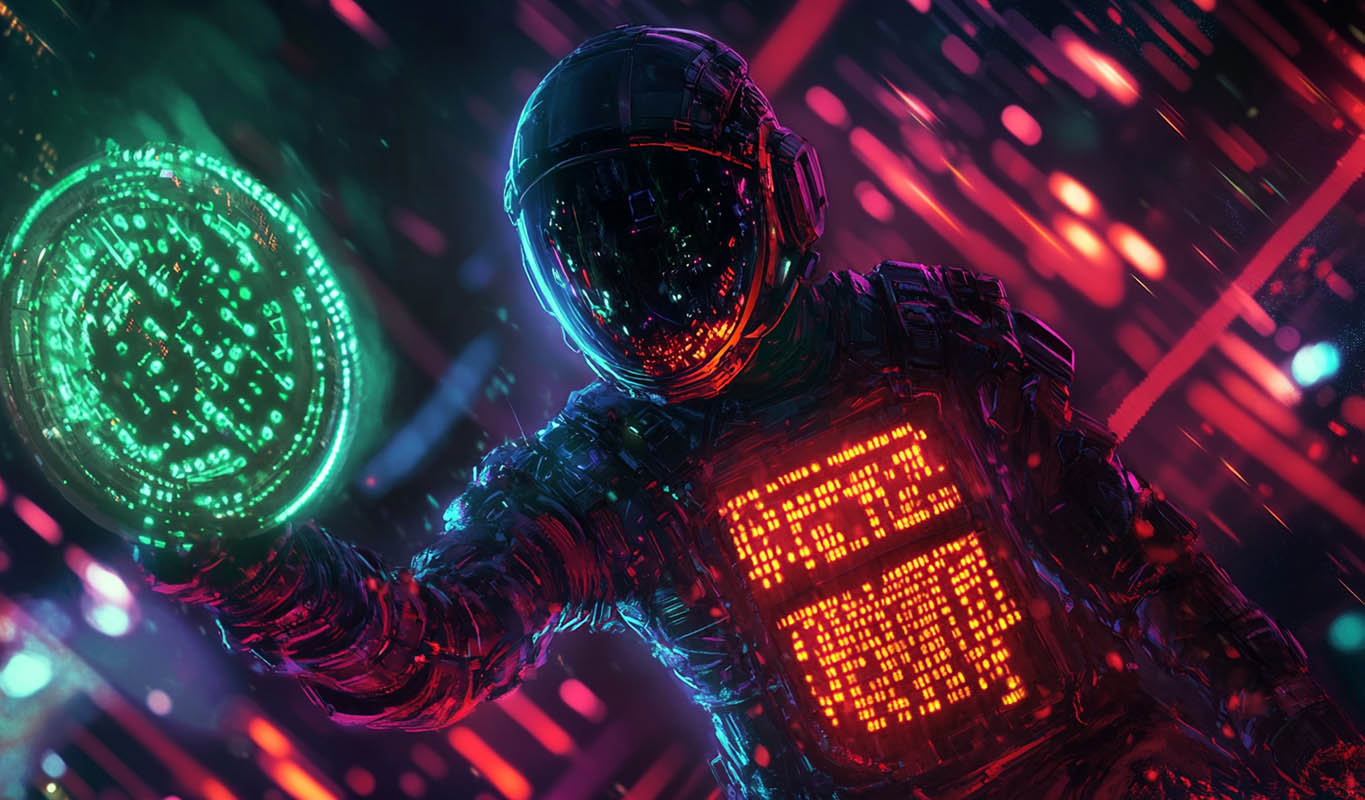A central theme of Indiana Jones and the Great Circle is the trouble of being stuck in the past. As is often pointed out to our fedora-clad hero, his personal life routinely suffers due to his obsession with his grand archaeological adventures. Above all else, it’s that inability to find a balance that constantly puts a strain on his on-again, off-again relationship with series mainstay Marion Ravenwood.
Ironically, Indiana Jones and the Great Circle also struggles in its own attempt to find a balance. While developer MachineGames (the modern Wolfenstein games) does an outstanding job in authentically bringing to life Indy and his richly detailed and gloriously pulpy world, Indiana Jones and the Great Circle falls short in creating compelling mechanics to hold it all together. The end result is a reasonably entertaining, albeit woefully uneven, gaming experience.
What MachineGames gets right, above all else, is the look and feel of Indiana Jones, and that starts with the premise. Set shortly after the events of Raiders of the Lost Ark, the story follows Indy as he races to find the ancient power behind the mysterious Great Circle before the Nazis. The satisfaction of sticking it to fascists never gets old, and it feels particularly timely given recent world events. This time period also allows MachineGames to explore Indy’s headspace post-Raiders where, as mentioned, he’s no longer with Marion. Troy Baker (The Last of Us) is fantastic as Indy, expertly capturing Harrison Ford’s unique little mannerisms and intonations while injecting his own personality, making it feel like a genuine well-rounded performance instead of just a solid impression.
It also helps that he has such an effective foil in Gina (Alessandra Mastronardi), an Italian journalist whose personal connection to the central mystery provides the emotional core of Great Circle and, through that, an endearing sort of “frenemy” dynamic with Indy. After the last two Indy movies were effectively the same story about an older Jones being a father figure to annoying children, the “back to basics” of pairing Indy with a likeable woman his own age feels surprisingly refreshing. Likewise, MachineGames leans into its expertise with the Nazi-filled Wolfenstein games to give us a wonderful “love to hate ’em” bastard of a villain in Emmerich Voss (Marios Gavrilis), a Third Reich archaeologist who uses psychological manipulation against his enemies.

Further engrossing you in the story is the (somewhat controversial) first-person perspective. As MachineGames has astutely pointed out, the many games that Indiana Jones inspired, particularly Tomb Raider and Uncharted, are already third-person, so it was wise to go for something different. It’s an approach that, on the whole, works remarkably well, allowing you to be that much more up-close-and-personal with the world. From the lavish and ornate architecture of Vatican cathedrals and Indy’s own Marshall College to the dank, sweltering rivers of Thailand and cragged, dusty Egyptian catacombs, the first-person perspective brings a level of tactility that simply wouldn’t be possible from a different POV.
At the same time, this also brings us to the first area in which Great Circle unfortunately feels imbalanced. In an effort to “show Indy as much as possible,” the game snaps to third-person whenever Indy is climbing, shimmying or swinging, resulting in some rather jarring POV changes. I can’t tell you the number of times I felt like I was fully absorbing the gorgeously rendered environments through my own eyes, only for The Great Circle to quickly hop back to third-person to take me out of it. The copious cinematics already let you see Indy enough, so these constant perspective shifts are just unneeded.
That feeds into another recurring frustration — the consistent cutscenes get in the way of actual gameplay. All too often, Great Circle will establish an exciting scene that I’d love to play myself, only for me to disappointingly realize it’s relegated to a cinematic. In an early scene, Indy is racing up a tower to catch a blimp, suggesting a thrilling chase sequence, only for his grand escape from a group of enemies and hasty and desperate leap and whip snag onto the aircraft to be almost entirely rendered through a cutscene. A chaotic mid-game brawl between Indy and Gina and Voss and his Nazi ally wonderfully captures the slapstick energy of the films, but sadly only within the confines of a cinematic. When you’re in a submarine careening off the Himalayan cliffside, ever-so-brief and simplistic platforming sections are bookended by cutscenes where Indy and Gina are doing the far more exciting bits of running, leaping and sliding.

Now, Indiana Jones and the Great Circle absolutely didn’t need to have frequent high-octane playable sequences in the vein of Uncharted. The high production value of the cinematics is also a own treat unto itself, harkening back to the fond memories I have watching the Indiana Jones movies. But with all of that said, those films also have some of the most impeccably staged Spielbergian setpieces in all of cinema, so I would have at least hoped for a few more interactive ones in Great Circle that draw inspiration from them.
That wouldn’t feel like so much of an issue if the central gameplay loop of Great Circle was inherently satisfying, but that, too, is inconsistent. On the one hand, I adore the game’s greater focus on exploration with a surprising degree of Dishonored-esque “immersive sim” design. In other words, Great Circle features several expansive “open zone” areas which you are free to tackle in various ways. In the Vatican, this means there are all kinds of ladders, ledges and ziplines to provide an impressive amount of verticality which, when coupled with a Hitman-like disguise system, opens you up to all kinds of sidequests and collectibles. Conversely, Egypt’s desert landscapes are largely flat but contain a multitude of hidden tombs in between the Nazi encampments.
Some of the ‘Fieldwork’ sidequests are surprisingly lengthy, too, including one that had me investigating the imprisonment of a priest’s ward and another about infiltrating a Nazi digsite to uncover an ancient queen’s tomb. Even the smaller optional content, like locked rooms in the Vatican or Egyptian crypt, contain well-designed puzzles that, quite graciously, feature optional hint systems instead of a character just spelling everything out for you. Truly, Great Circle is at its best when it lets you just set out and explore every nook and cranny, perfectly capturing the sense of archaeological adventure that defines Indy.

But at the same time, Great Circle‘s core mechanics often get in the way of those highs. Simply put, the game has some of the most uninspired combat I’ve seen in some time. Sure, there’s a welcome emphasis on melee instead of guns, as the latter alerts every enemy in an area and generally leads to quick deaths. This is absolutely not a shooter, and that’s another smart way, at least on paper, to differentiate from Uncharted. However, the actual fisticuffs in practice just feel clunky and dull. You alternate between left and right hooks with the triggers, block with the bumper and shove by clicking in the stick… and that’s pretty much it. Even Indiana Jones and the Emperor’s Tomb on the original Xbox let you string together freestyle combos, but here, you pretty much just throw a punch or two, block, and, occasionally, crack your whip for crowd control in groups. Making this even more tedious is a stamina bar that depletes per attack, which feels completely unwarranted. Indy never got winded so easily in the movies!
A bit more inspiration comes from the various weapons you can pick up in the environment, which evoke Indy’s charming improvisational antics in the film. This means that in addition to straightforward bludgeoning tools like clubs, hammers, and beer bottles, you can grab comical objects like bells, spoons and even flyswatters, each with their own unique takedown animations. But that, too, is a case of cinematic flair over meaningful gameplay. That’s because these weapons are really the only way to KO enemies should you adopt a stealthy approach. Otherwise, you’ll (eventually) be able to unlock a silent whip takedown or, more feasibly, will just sneak around enemies with especially dimwitted AI by throwing objects to distract them. It all feels rather dated, especially for a game that places such an emphasis on stealth. It does a disservice to the otherwise phenomenal level design, which allows for many ways to get around areas, like hidden holes in fences, climbing points and even underwater canals.

Ultimately, though, Indiana Jones and the Great Circle is worth playing due to how well it (generally) lets you immerse yourself in the shoes of this iconic character. The thoroughly entertaining story and characters and rich, exploration-heavy world make up for the tedious perspective, interactivity changes and uninspired combat. The game also features modular difficulty options that let you fine-tune combat and puzzle difficulty, so you can at least lower the former to more quickly get to the latter if you desire. What’s more, it’s available on Xbox Game Pass, so it’s much easier to recommend trying on that basis alone.
Like our hero himself, Indiana Jones and the Great Circle is rough around the edges but has heart where it counts, and really, isn’t that what it’s all about?
Indiana Jones and the Great Circle is now available on Xbox Series X/S and PC for those with the game’s Premium Edition and will launch for everyone else on December 9th. It will be on Xbox Game Pass on day one. A PS5 port is also set for “spring 2025.”
Image credit: Bethesda
MobileSyrup may earn a commission from purchases made via our links, which helps fund the journalism we provide free on our website. These links do not influence our editorial content. Support us here.









Leave a Comment